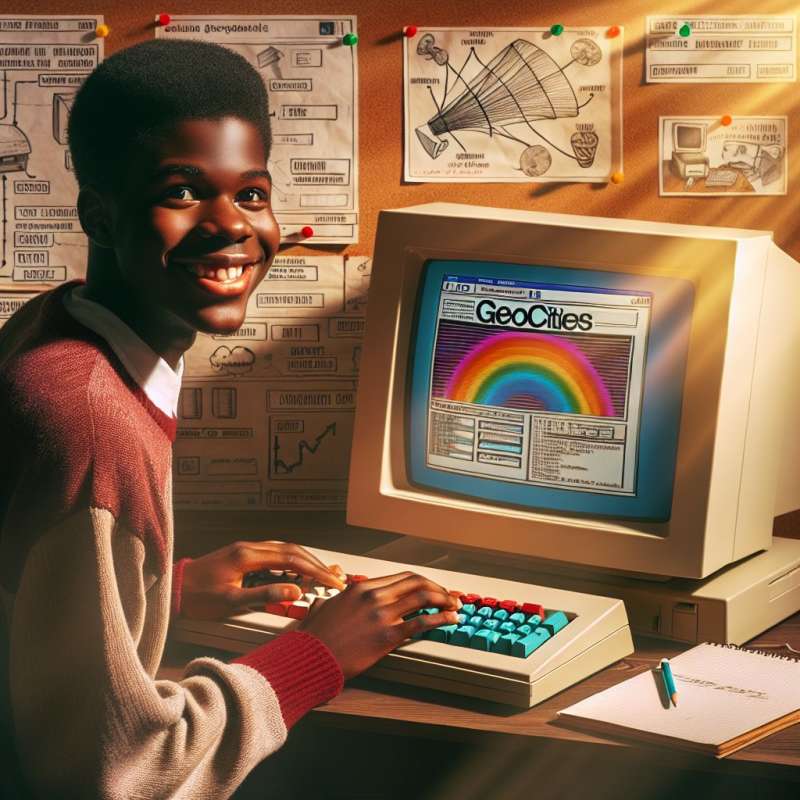
Early UX: Pre-1900s
Long before digital interfaces, 'user experience' principles guided physical product design. The ancient Chinese philosophy of Feng Shui, for instance, focused on arranging environments harmoniously, affecting the user's feelings and behaviors.
Ergonomics: Post-War Focus
Post-WWII, the field of ergonomics expanded as industrial efficiency became paramount. It studied how workplace design impacts user comfort and productivity, heralding the human-centered approach in design practices.
Xerox PARC: Innovation Hub
The 1970s saw Xerox's Palo Alto Research Center (PARC) pioneering technologies like the GUI, WYSIWYG text editors, and the mouse, setting the foundation for intuitive human-computer interaction.
Apple's Revolution
Apple's 1984 Macintosh introduced the mass market to a user-friendly GUI. It showcased how tech should adapt to users, not the other way around, transforming expectations of personal computing.
Internet: UX Expansion
The 1990s internet boom required user-friendly digital spaces. This led to the rise of web design, focusing on navigation, content structure, and interactive features, prioritizing user journeys online.
Mobile: A New Frontier
The launch of the iPhone in 2007 shifted focus to mobile UX, emphasizing touch interfaces, gesture controls, and portable design. It redefined user expectations and design strategies for on-the-go interaction.
UX: Future Predictions
Emerging technologies like AR, VR, and AI are poised to redefine UX yet again. Future designs may predict and adapt to user needs in real-time, creating personalized and anticipatory user experiences.
What guided early UX principles?
Digital interface advancements
Industrial efficiency post-war
Feng Shui philosophy
Company